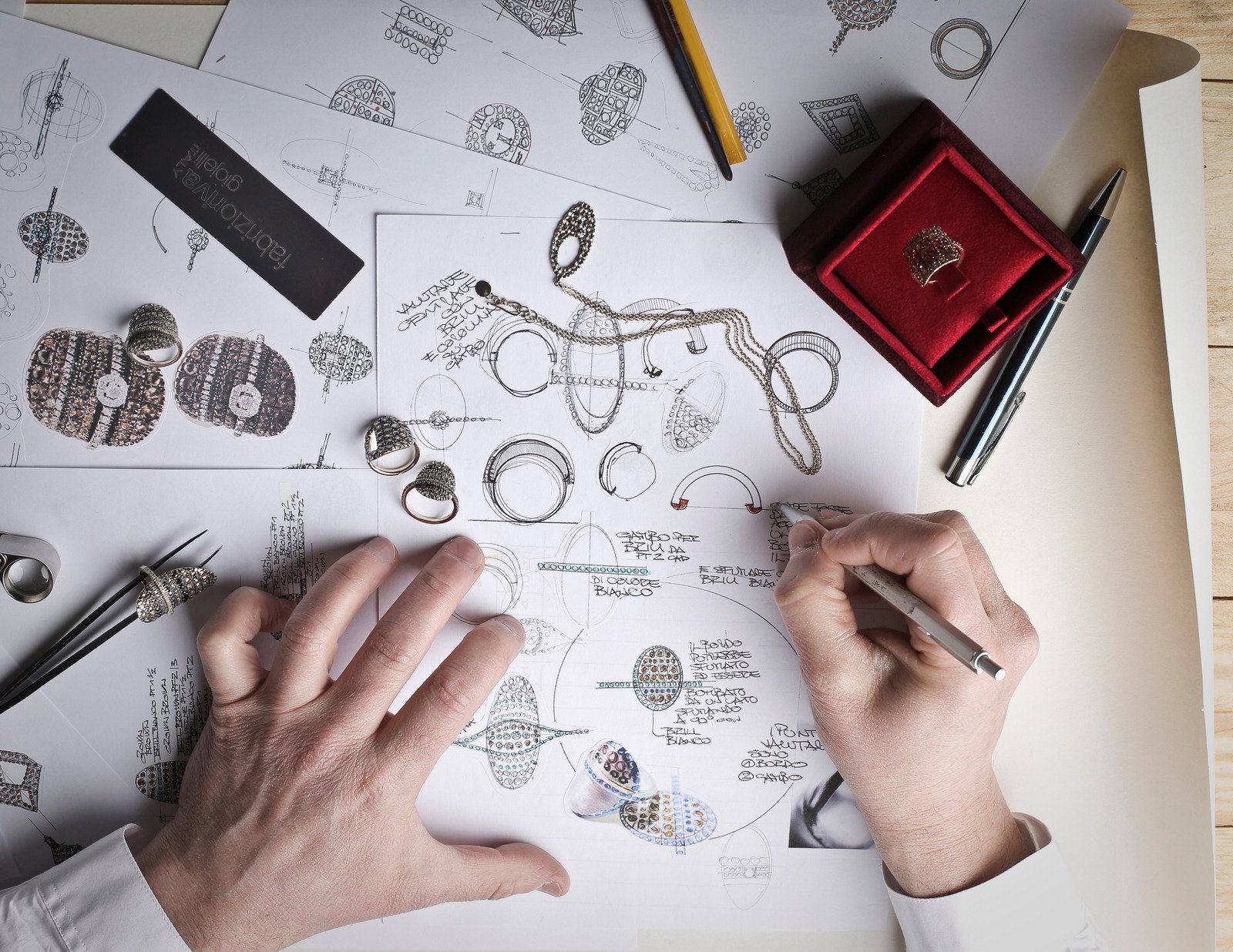Every great design starts with a spark of inspiration. Whether you’re crafting a logo, developing a website, or creating an entire brand identity, navigating the design process can be both thrilling and daunting. It’s more than just picking colors and shapes; it’s about translating your vision into reality.
As you embark on this creative journey, understanding the steps involved will set you up for success. From identifying your goals to gathering feedback and refining your ideas, each phase is crucial in shaping the final outcome. Ready to dive deep into the art of design? Let’s explore how to transform concepts into captivating creations like a pro!
Understanding the Design Process
The design process is a structured approach that guides creators from initial ideas to polished products. It’s a journey filled with exploration and innovation.
At its core, the design process consists of several stages: research, ideation, prototyping, and testing. Each phase serves a distinct purpose in bringing clarity to your vision.
Research helps you understand the market landscape. It involves gathering insights about your audience’s needs and preferences. This knowledge lays the groundwork for informed decisions later on.
Ideation encourages brainstorming without limitations. Here, creativity flourishes as you generate various concepts based on your findings.
Prototyping brings those ideas to life in tangible forms—sketches or digital mock-ups help visualize what could be. Testing allows for real-world feedback before finalizing any designs.
Understanding this framework equips you to navigate challenges while fostering originality at every step of the way.
Identifying Your Goals and Objectives
Before diving into the design process, clarity is key. Knowing what you want to achieve sets a strong foundation for your project.
Start by asking yourself some critical questions. What problems are you solving? Who will benefit from your design? This initial exploration helps streamline your vision.
Next, outline specific goals. These can be measurable targets like increasing user engagement or enhancing brand recognition. Having tangible objectives guides decision-making down the line.
Don’t forget to consider timelines and budgets as well. Establishing these parameters early on can prevent scope creep later in the project.
Engaging with stakeholders during this phase also brings valuable insights. Their perspectives might reveal aspects you hadn’t considered before, enriching your overall strategy.
Taking time at this stage pays off immensely when it comes to translating ideas into effective designs that meet real needs and expectations.
Brainstorming and Conceptualization
Brainstorming is where the magic begins. It’s an open space for creativity, allowing ideas to flow without restrictions. Gather your team in a relaxed environment and let thoughts bounce off one another.
Use tools like mind maps or sticky notes to visualize concepts. No idea is too wild at this stage; sometimes the craziest notions evolve into innovative solutions. Encourage everyone to contribute, no matter how unconventional their suggestions may seem.
Once you have a pool of ideas, start narrowing them down. Look for common themes or standout concepts that resonate with your goals. This process transforms raw thoughts into tangible directions that can be developed further.
Conceptualization follows closely behind brainstorming. Here, you’ll refine those promising ideas into clearer outlines and visuals. Sketches can help illustrate your vision and make abstract thoughts more concrete as you prepare for the next phase of design development.
Gathering Feedback and Making Revisions
Feedback is a critical part of the design process. It opens doors to new perspectives and insights you might have overlooked.
Start by sharing your work with trusted peers or potential users. Their reactions can reveal strengths and weaknesses in your design that may not be obvious to you. Encourage honest, constructive criticism; it’s essential for growth.
Once you’ve gathered feedback, take time to analyze it thoroughly. Identify common themes or suggestions that resonate across different opinions. This will help prioritize what needs attention.
Making revisions can feel daunting, but it’s where refinement happens. Tackle changes one at a time to maintain focus without overwhelming yourself.
Keep the dialogue open with those who provided feedback as you implement adjustments, ensuring you’re on the right track while respecting their input throughout the journey.
Finalizing the Design and Implementation
As you approach the final stages of your design, attention to detail becomes paramount. This is where all your hard work comes together. Every element should align with your initial vision and objectives.
Review each aspect critically. Is the color palette cohesive? Do the fonts complement one another? Ensure that every visual choice resonates with your audience’s expectations.
Once satisfied, shift focus to implementation. Depending on your project, this could mean launching a website or producing printed materials. Collaborate closely with developers or printers for seamless execution.
Don’t forget to test everything before going live. Check usability across devices if it’s digital; ensure print quality meets standards for physical products.
This phase might seem minor but can significantly impact user experience and perception of quality. Your design deserves nothing less than perfection as it enters the world.
Tips for a Successful Design Process
Effective communication is essential throughout the design process. Keep everyone in the loop, from team members to stakeholders. Regular updates can prevent misunderstandings and keep the project on track.
Stay organized with tools that help manage timelines and tasks. Using project management software can streamline your workflow and ensure nothing falls through the cracks.
Don’t shy away from experimentation. Sometimes, unexpected ideas lead to innovative solutions. Allow yourself room for creativity without being constrained by initial concepts.
Set realistic deadlines that allow for flexibility. Rushing often leads to mistakes or overlooked details, which can impact quality.
Embrace feedback as a valuable asset rather than criticism. Constructive insights can enhance your work significantly, leading you closer to a successful final product.
Conclusion
Navigating the design process can feel overwhelming at times. However, breaking it down into manageable steps makes it easier to tackle. By understanding your goals and objectives, you set a strong foundation for what lies ahead.
Brainstorming invites creativity and allows ideas to flow freely. Gathering feedback ensures that you’re on the right track while revisions refine your vision into something polished. Finalizing your design is an exciting phase where all pieces come together.
Remember, each project is unique. Tailoring these strategies to fit your needs will lead you closer to success. Embrace flexibility in the process and always keep communication open with collaborators or clients.
By blending structured planning with creative exploration, you’ll not only enhance your design skills but also create impactful work that resonates with others in meaningful ways. Design isn’t just about aesthetics; it’s about solving problems and telling stories through visuals that inspire action or evoke emotion.
With this approach in hand, you’re equipped to navigate any design journey like a pro!





